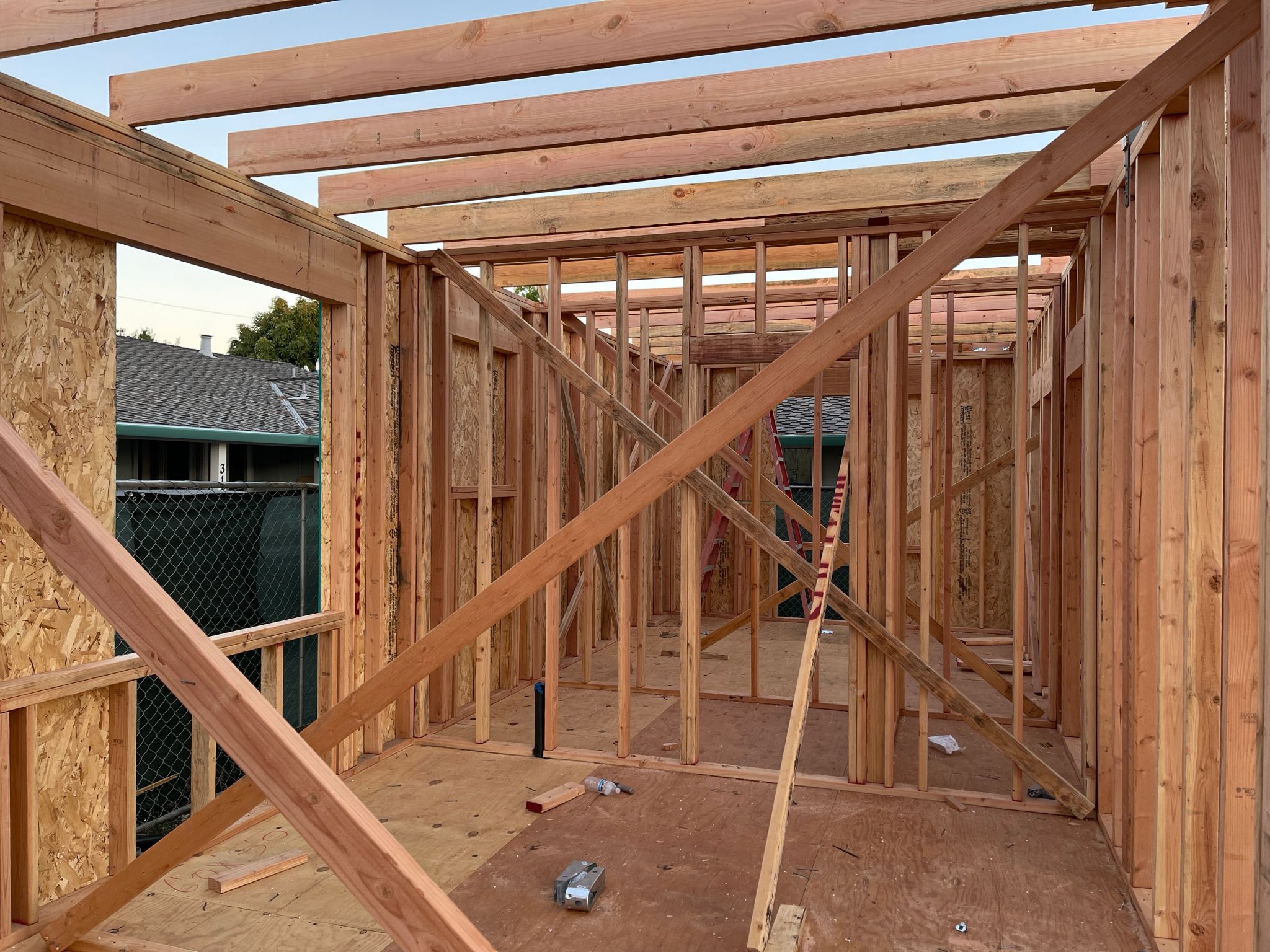Understanding Local Regulations for ADUs in Los Angeles
Introduction to ADUs
As cities like Los Angeles continue to grow, the demand for housing options has increased, leading to a surge in interest for Accessory Dwelling Units (ADUs). Known for their affordability and efficiency, ADUs provide a versatile solution for housing needs. However, navigating the local regulations in Los Angeles can be complex. This guide aims to simplify the process, offering a comprehensive overview of what you need to know about ADU regulations in the area.

What Is an ADU?
Accessory Dwelling Units, commonly referred to as ADUs, are secondary housing units located on the same lot as a primary residence. They are often used as rental properties or additional living space for family members. In Los Angeles, ADUs have become a popular way to address housing shortages and provide more affordable living options.
Types of ADUs
There are several types of ADUs you can consider:
- Detached ADUs: Separate structures from the main dwelling.
- Attached ADUs: Built onto the existing home structure.
- Garage Conversions: Transforming an existing garage into a living space.
- Interior Conversions: Repurposing part of the main residence, such as a basement or attic.

Understanding Zoning Regulations
Before diving into construction, it's crucial to understand the zoning regulations in Los Angeles. Zoning laws dictate where ADUs can be built and the specific requirements they must meet. Most residential zones in Los Angeles allow for the construction of ADUs, but there are exceptions and specific rules to follow.
Setback Requirements
A significant aspect of zoning regulations is setback requirements, which determine how far an ADU must be from property lines. In general, Los Angeles requires:
- A minimum of four feet from side and rear property lines.
- Compliance with fire safety and other municipal codes.

Permitting Process
The permitting process for ADUs in Los Angeles is a critical step that ensures your unit complies with local building codes and regulations. The process typically involves:
- Submitting a detailed application that includes architectural plans and site surveys.
- Review by city planners to ensure all zoning and safety requirements are met.
- Obtaining necessary inspections throughout the construction phase.
Cost Considerations
The cost of obtaining permits can vary based on several factors, including the size and location of the ADU. It's important to budget for these expenses early on, as they can add up quickly. Additionally, unexpected fees may arise during the planning and construction phases.
ADU Benefits and Challenges
While ADUs offer numerous benefits such as increased property value and additional income, they also come with challenges. Understanding these can help property owners make informed decisions:
- Increased Density: More units lead to higher population density, which can strain local resources.
- Construction Disruptions: Building an ADU may cause temporary disturbances in the neighborhood.
- Maintenance: Owners are responsible for maintaining both the primary residence and the ADU.

Conclusion
Understanding local regulations for ADUs in Los Angeles is crucial for successful planning and construction. While there are challenges involved, the benefits of adding an ADU to your property can be significant. By adhering to zoning laws and completing the permitting process diligently, homeowners can create valuable living spaces that meet diverse housing needs. As with any major project, consulting with professionals familiar with local laws can help ensure a smooth process from start to finish.
